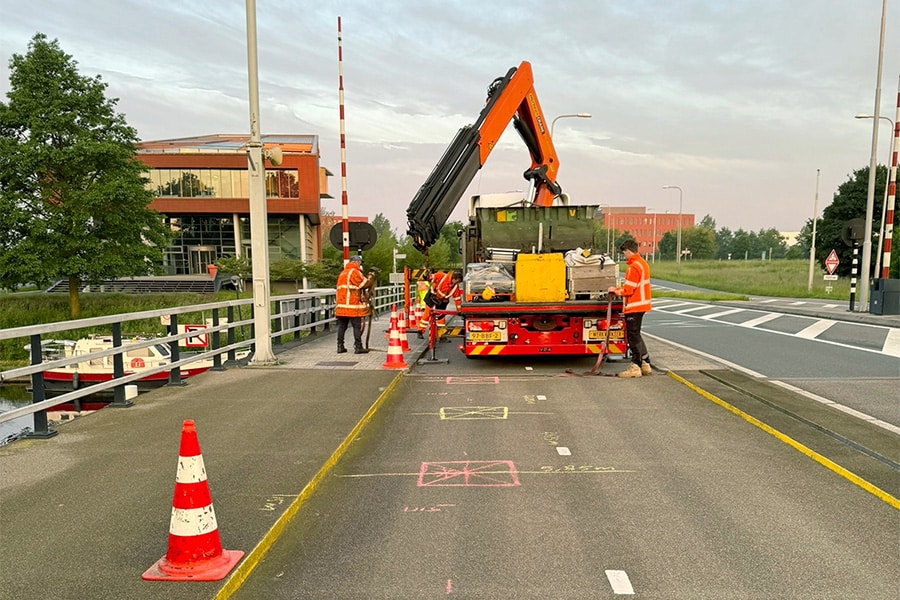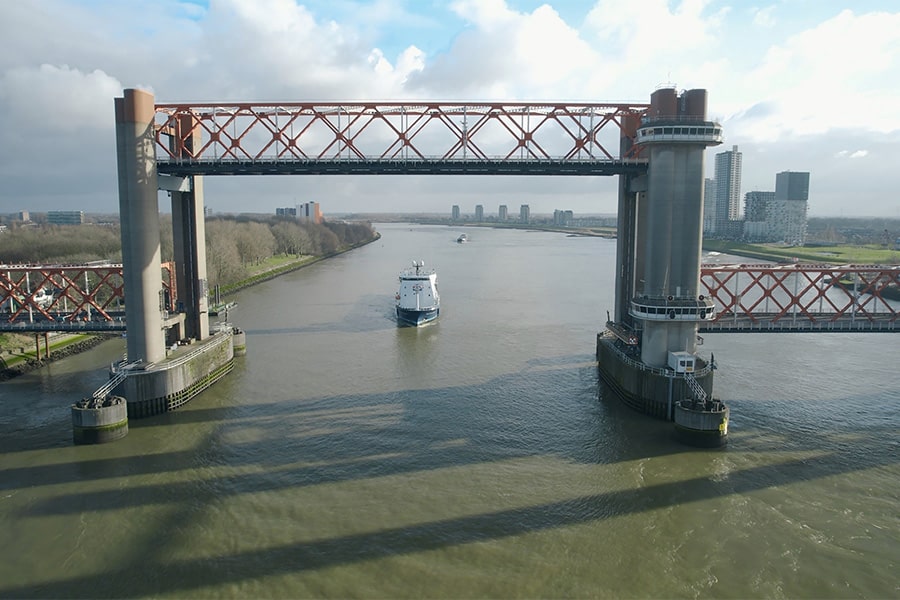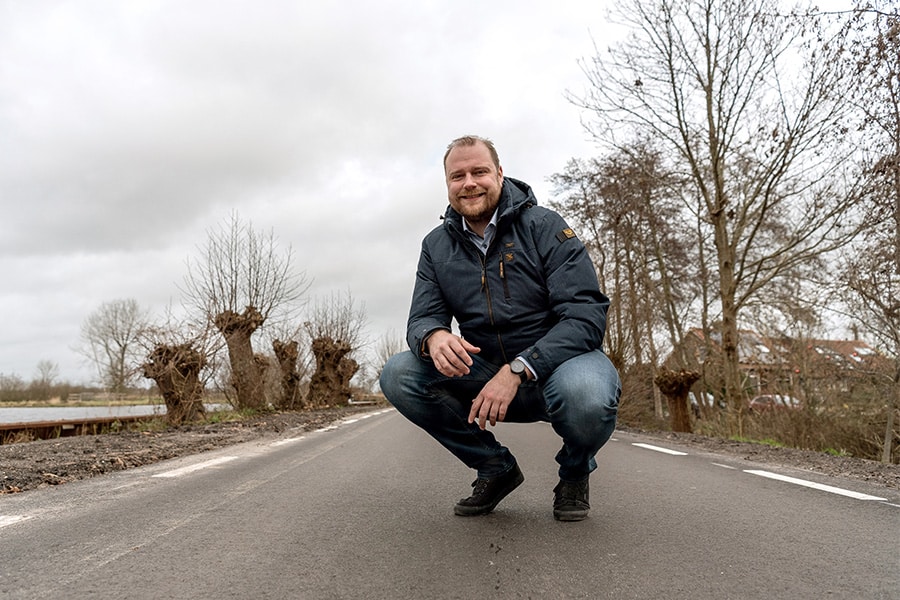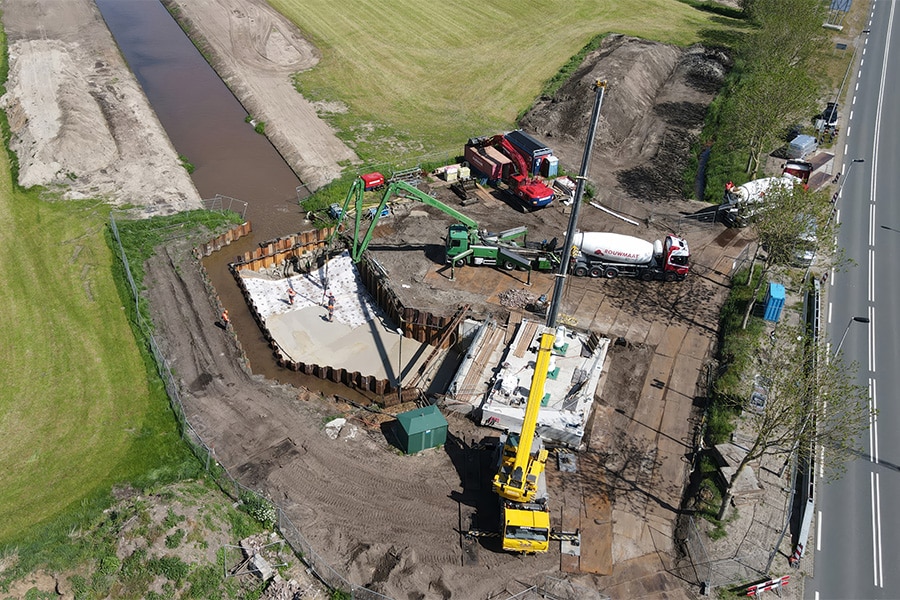
Good cooperation is a prerequisite for achieving an integrated approach
This project involves many different disciplines and almost as many designing parties. As an example: the construction of the underground bicycle storage facility. This requires coordination between quite a number of designing parties: geotechnical, structural, E&W installations, architect, et cetera. The bicycle parking facility is part of the entire project and therefore interfaces with designs of, for example: road infrastructure, public lighting, streetcar infrastructure, bridges, quays, cables and pipes.
Phase 1: scope and requirements implementation
It is clear that good cooperation between all designing parties is a prerequisite for achieving an integrated design solution. In order to make this possible, careful consideration was given in advance to how to organize the design process. It was decided to organize the process differently depending on the design phase. In phase 1 (Requirements Clash Analysis) the scope and requirements were discussed in detail with the client, the municipality of Amsterdam, and all designing parties. This was done in order to have unambiguous principles and expectations for all parties involved before the start of the design. In this phase also the mutual design interfaces were determined.
Phase 2: final design
In phase 2 (final design) a single integral design was prepared. This involved many consultations for substantive coordination between the various parties. For example, there was a fixed day in the week when all parties involved worked from the same location. All the designs of the various parties were fully worked out in 3D. With BIM, clashes could be visualized and interfaces could be demonstrably controlled.
Phase 3: implementation design
In phase 3 (execution design) this made it possible, on the basis of the integral DO, to further elaborate the execution design for the various components within the own discipline. This involved continuous testing to ensure that in working out the execution design there was no deviation from the principles as laid down in the integral final design. This allowed the frequency of consultation in the UO phase to be reduced considerably. When deviations from the final design emerged, they were discussed in a biweekly integral design consultation and assessed whether the changes had no consequences for parts within another design discipline in the project.



